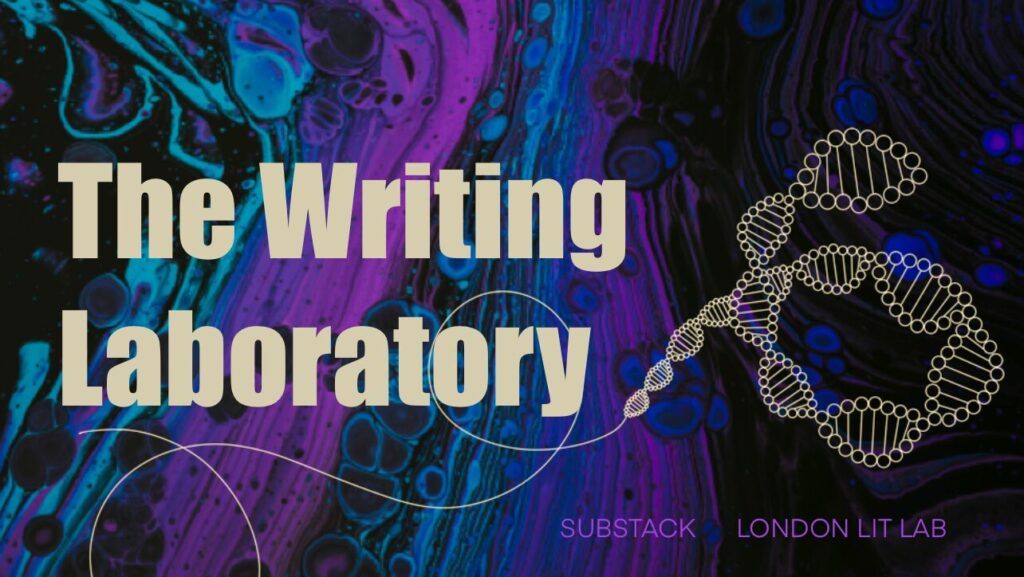Tip
Surprise, and wonder, are magic ingredients in fiction. I love to be surprised when I read, by anything from a small, peculiar detail to a jaw-dropping plot twist. We can create wonder in many ways, but it is useful, and important, to consider whether you want to (a) surprise your reader at the same time as surprising your protagonist, or (b) surprise your reader despite your protagonist’s familiarity with their world.
For example: imagine a character who lives with his family in a disused shopping mall. They’ve been set up there for too long as it is; he knows exactly what it all looks like, where he will find family members, what they’re likely to be doing. But this is an odd scenario for the reader. She gets to enjoy looking over the protagonist’s shoulder as he prowls his domain, and see just how weird the whole situation really is, despite his desultory description. He’s not going to point out things that no longer surprise him, though; he’s seen his sister sleeping under an old perfume counter before. It’s a bit harder for the writer, but deeply satisfying for the reader, to have this strange set-up slowly revealed by someone who knows it well.
By contrast: imagine (as Lucy Wood does in her short story, ‘Of Mothers and Little People’) a character who, having used her mother’s eye cream, starts seeing her mother’s elfin boyfriend where previously there was nobody. This is quite a turn of events – she is as surprised as we are! We get to witness her reactions, as well as the beloved elf, right from the first moment of surprise. The character is so surprised that her focus is very much on the elf, her mother, the new things she can see, and so it is no surprise at all if she describes them in detail. Easier for the writer, perhaps, but choosing the details that matter, and bring the elf to life, is work in itself.
Exercise
Choose a building that has a particular function. If it’s a real one that you actually know, so much the better. It could be a:
Library
House
Fire station
School
Factory
Lighthouse
Car park
Museum
Hospital
Or anything else you can think of.
Then think of an activity that is a complete mismatch for the building. You can do this by swapping functions between buildings – a hospital in a museum, say – or finding a new activity or one-off event. A pillow factory in a terraced house? A circus in a lighthouse? A farm in a castle? See how outlandish you can make your clash.
Spend ten minutes mapping what might be going on where. Is the nurse’s canteen in the dinosaur gallery? The operating theatre in the museum store? Visualise the misuse of space.
Two exercises:
Send in a character who is not expecting to find this inside the building. They have to navigate the space. They are looking for something – a person, an object, a message. They might be hiding, hurrying, dawdling. Describe the place as they move through it, showing us details as they encounter them. What acts as a hindrance to their progress, or helps them along the way?
Then write about the same place as if you are someone for whom it is perfectly normal that this activity is going on in this inappropriate space. Imagine they have lost their original role in this activity, and are seeking a new one. Remember that the way they see the building and its activities will be different from a newcomer’s; try to let the reader see this surprising place while it does not surprise your character at all. Consider the same question: what is a hindrance to their progress, and what helps them on their way?
This tip is from Zoe Gilbert, who teaches our online courses, Folk Tales in New Fiction and Summer Seminars: Fantastic Literature.

